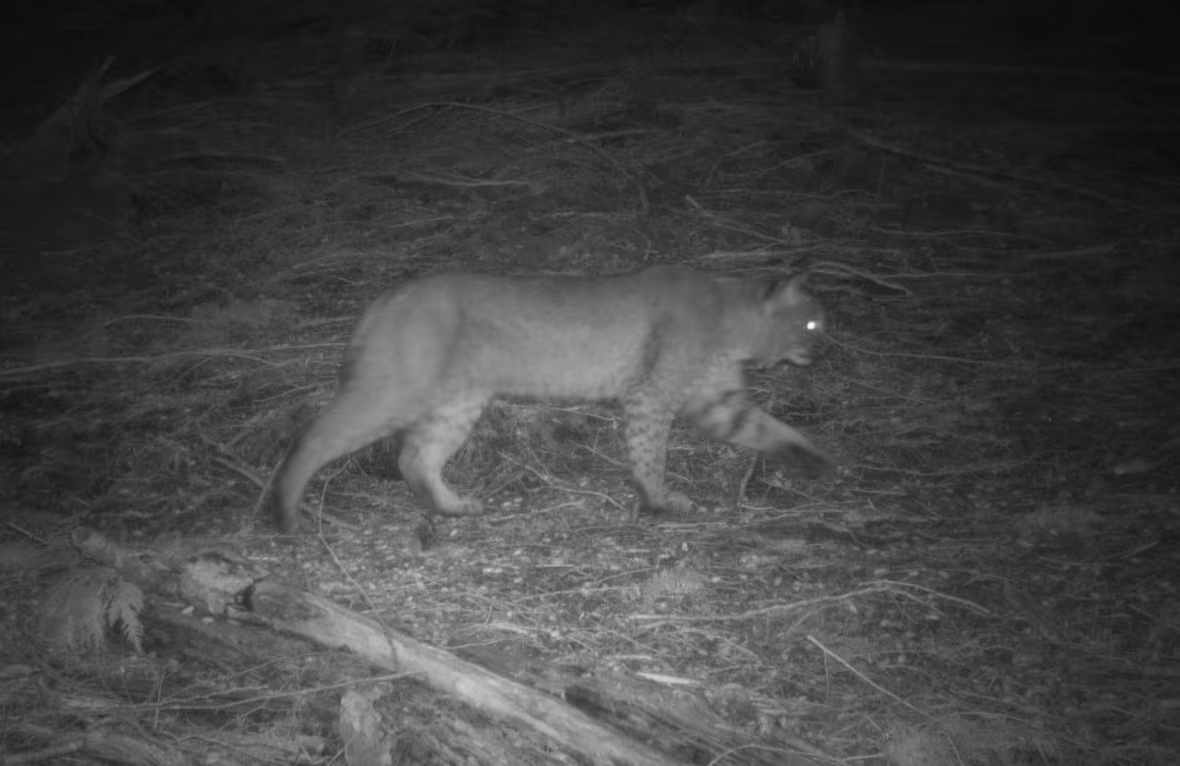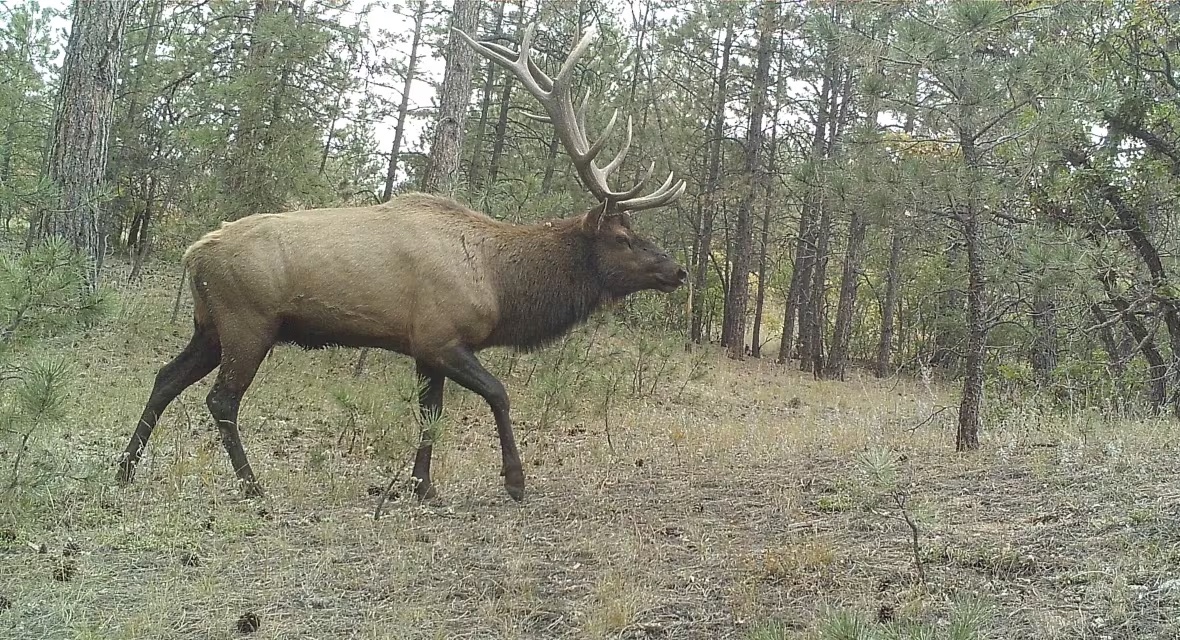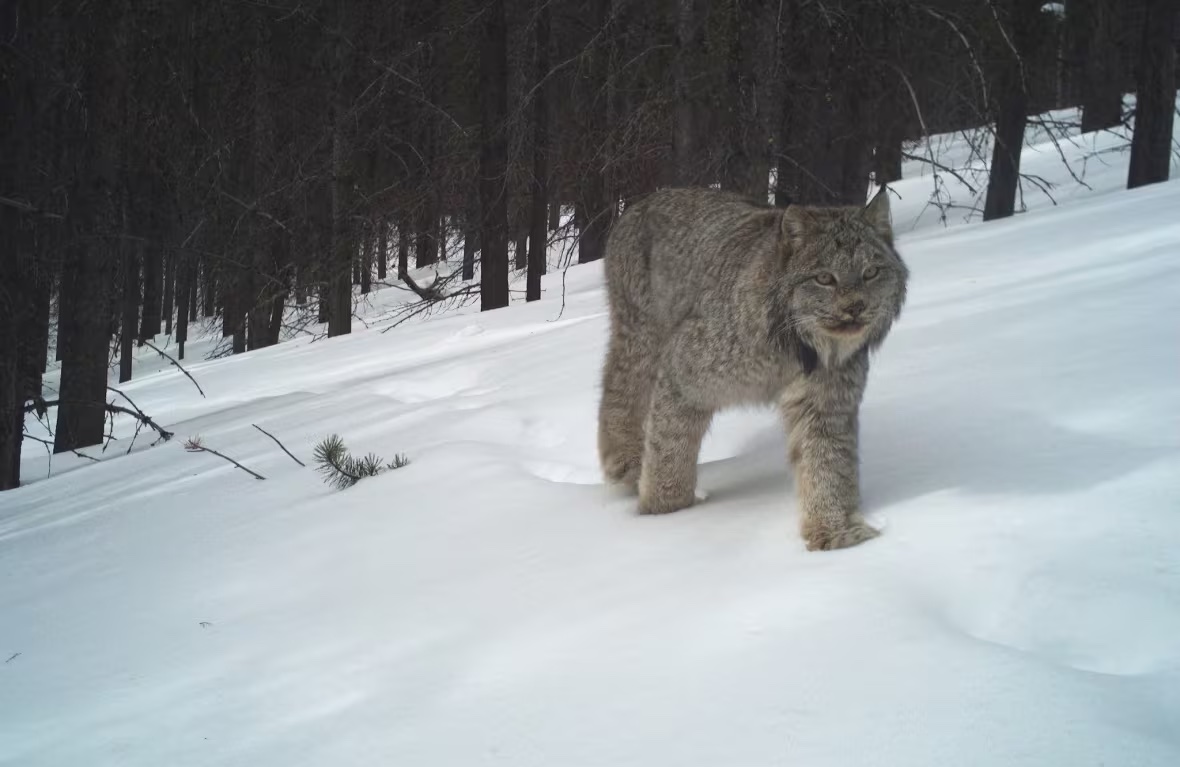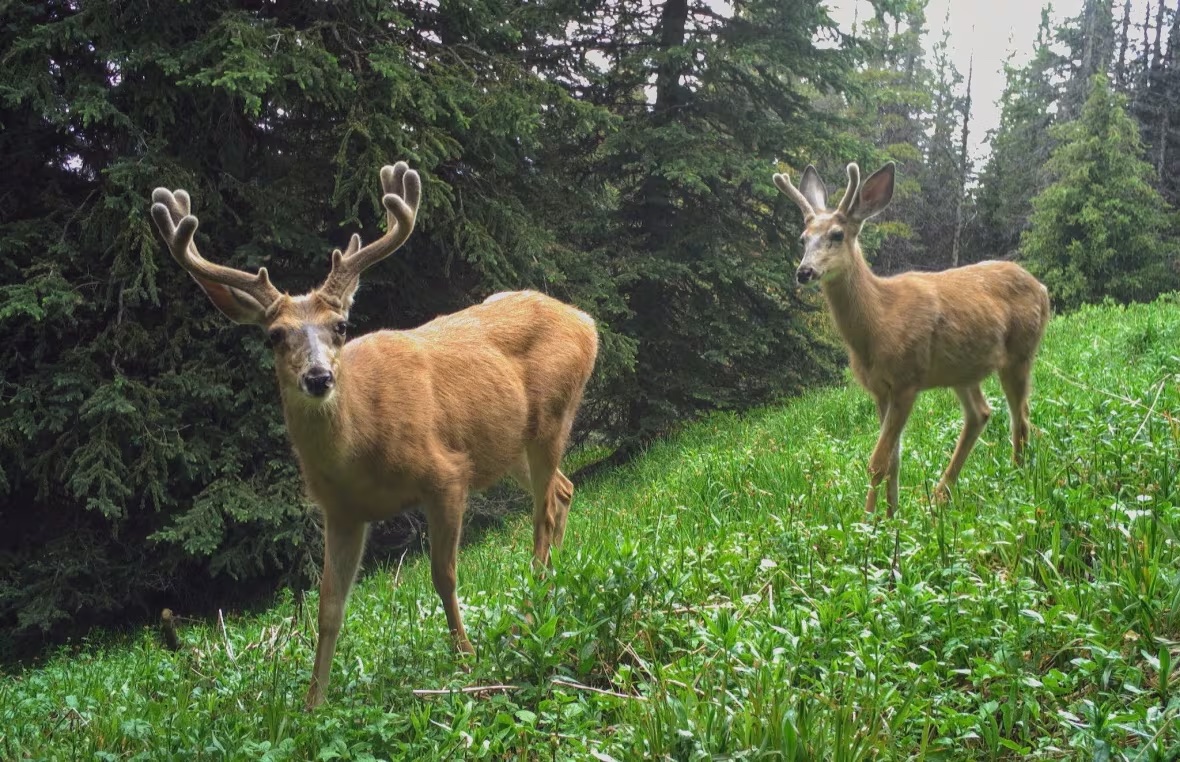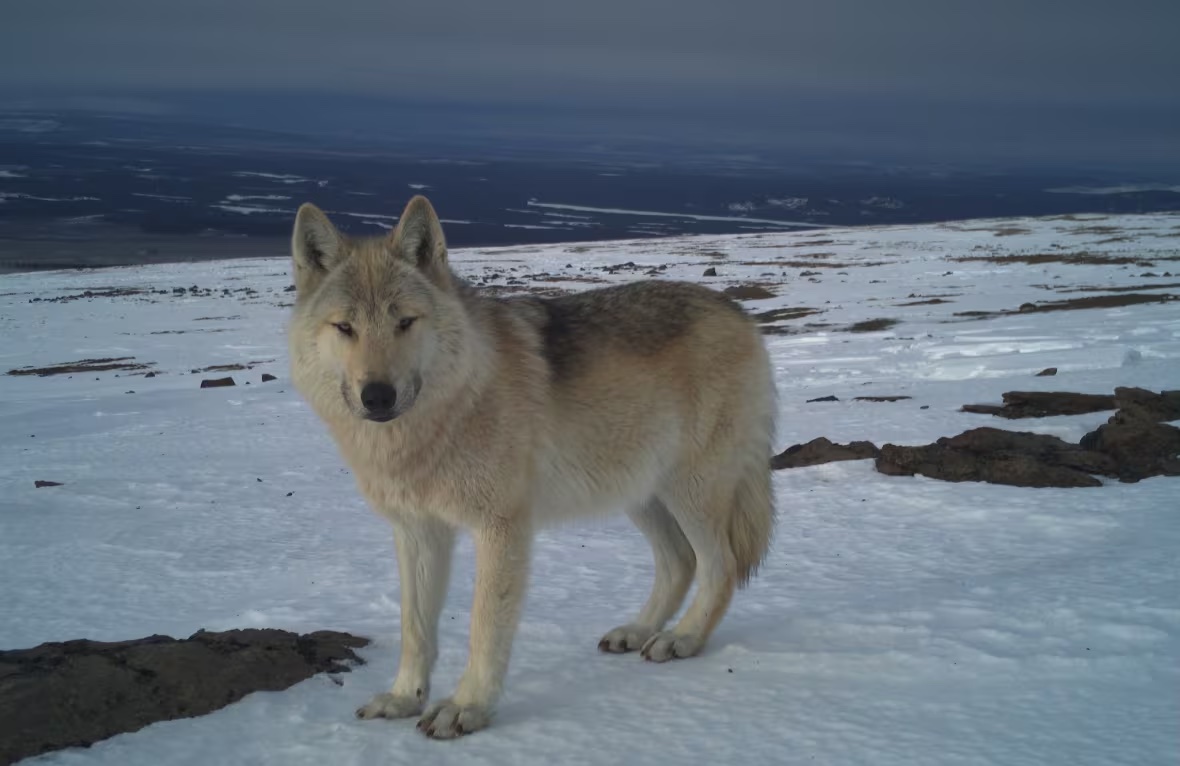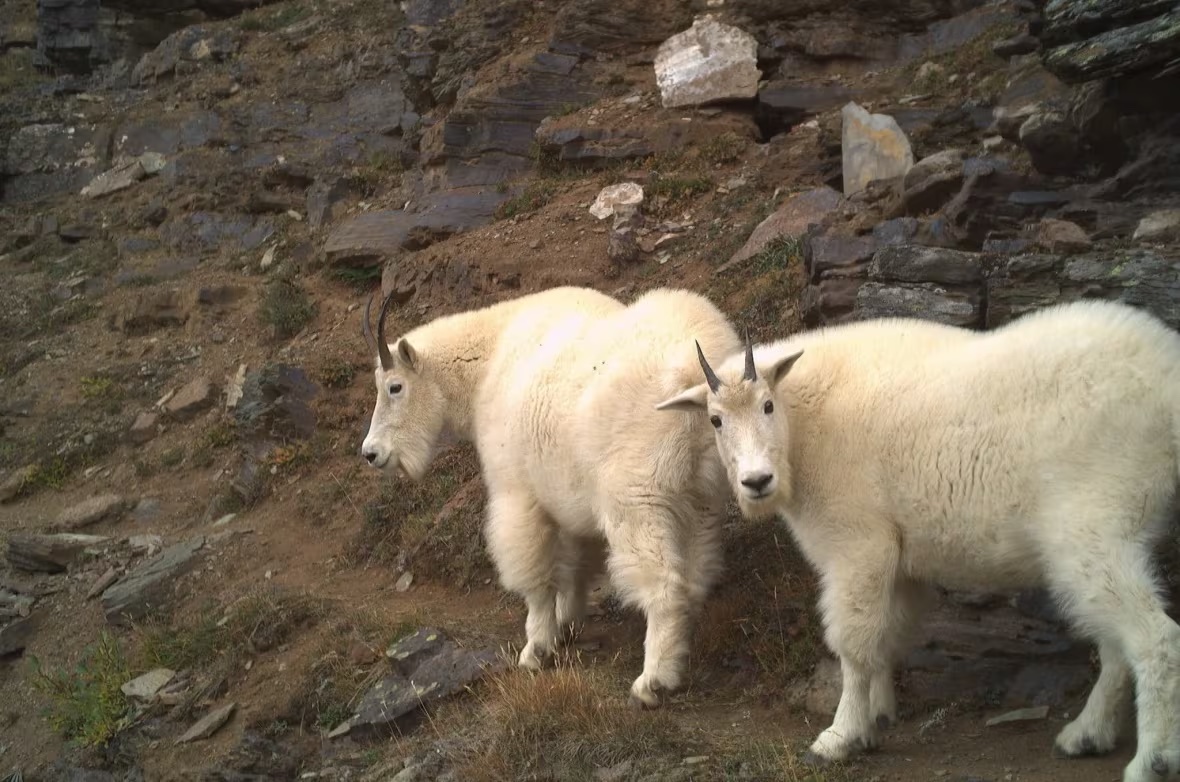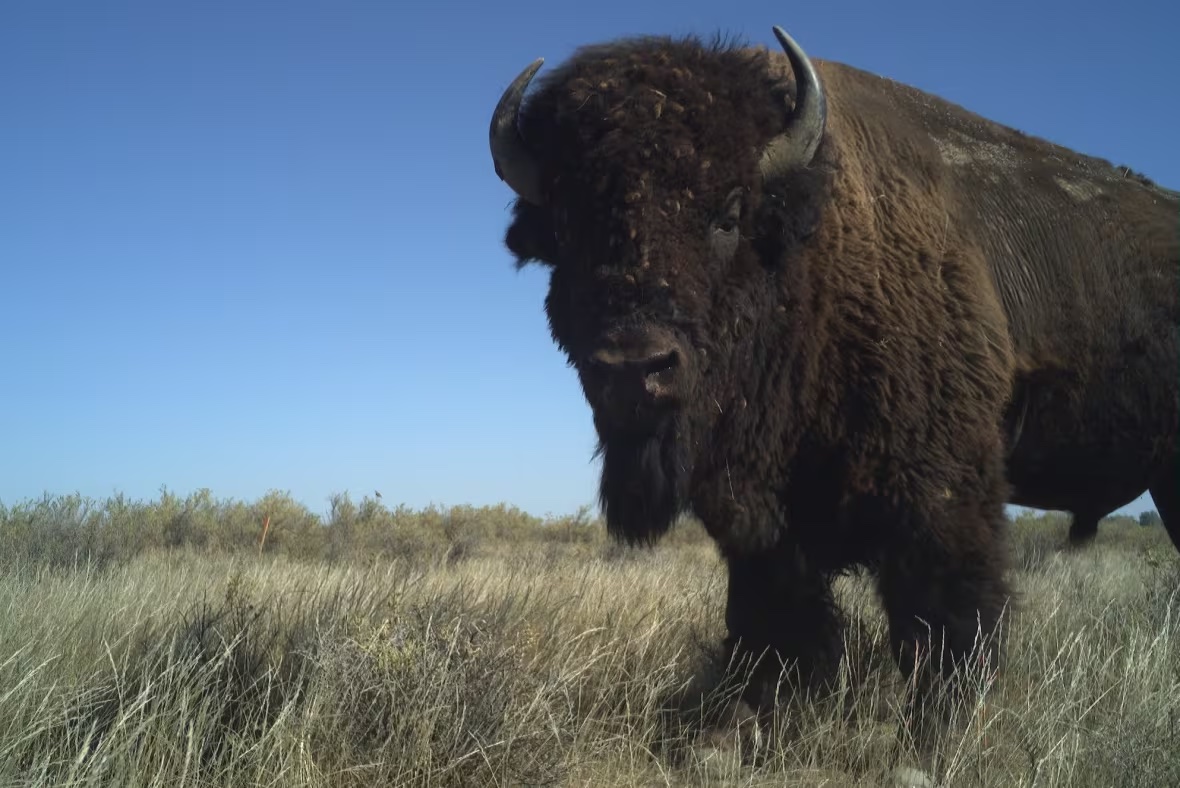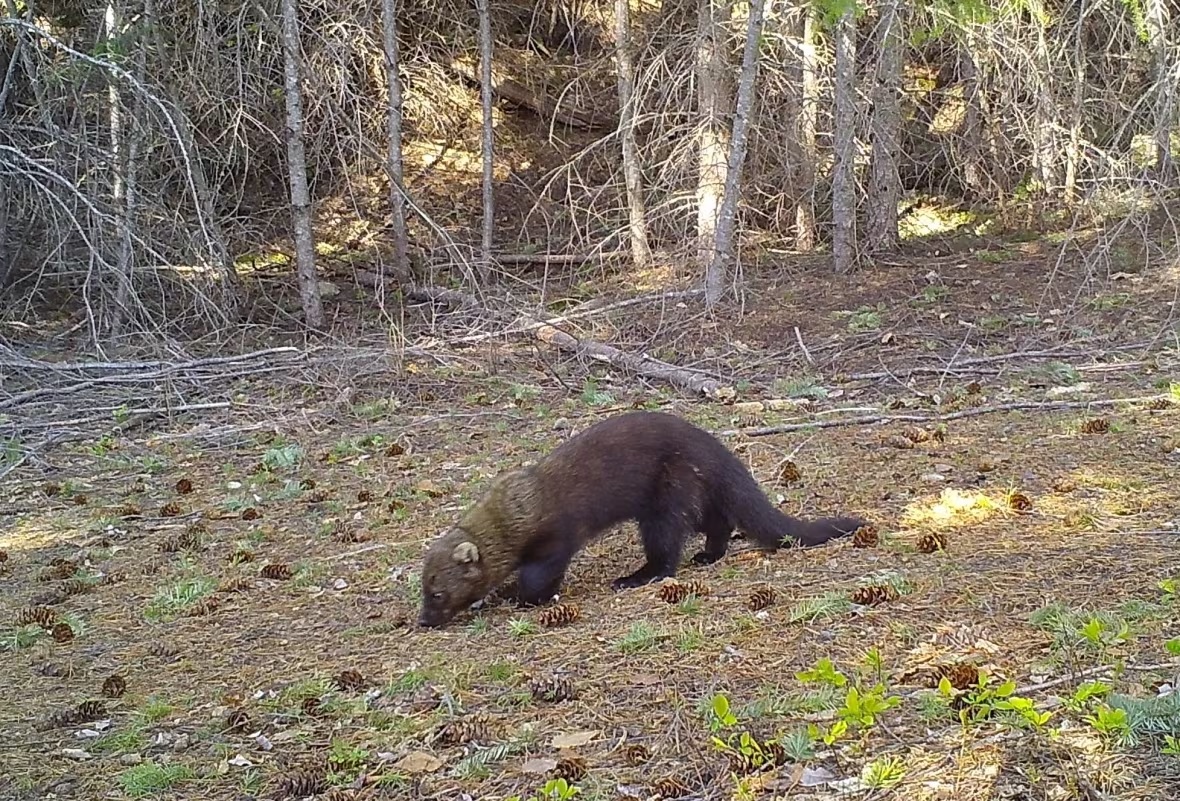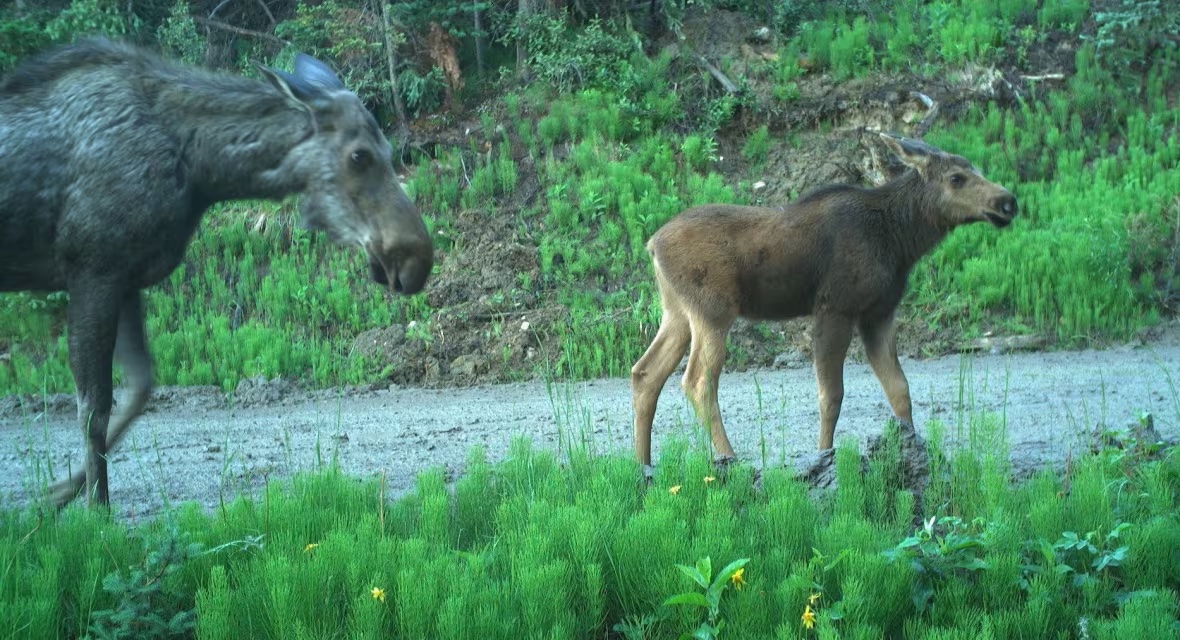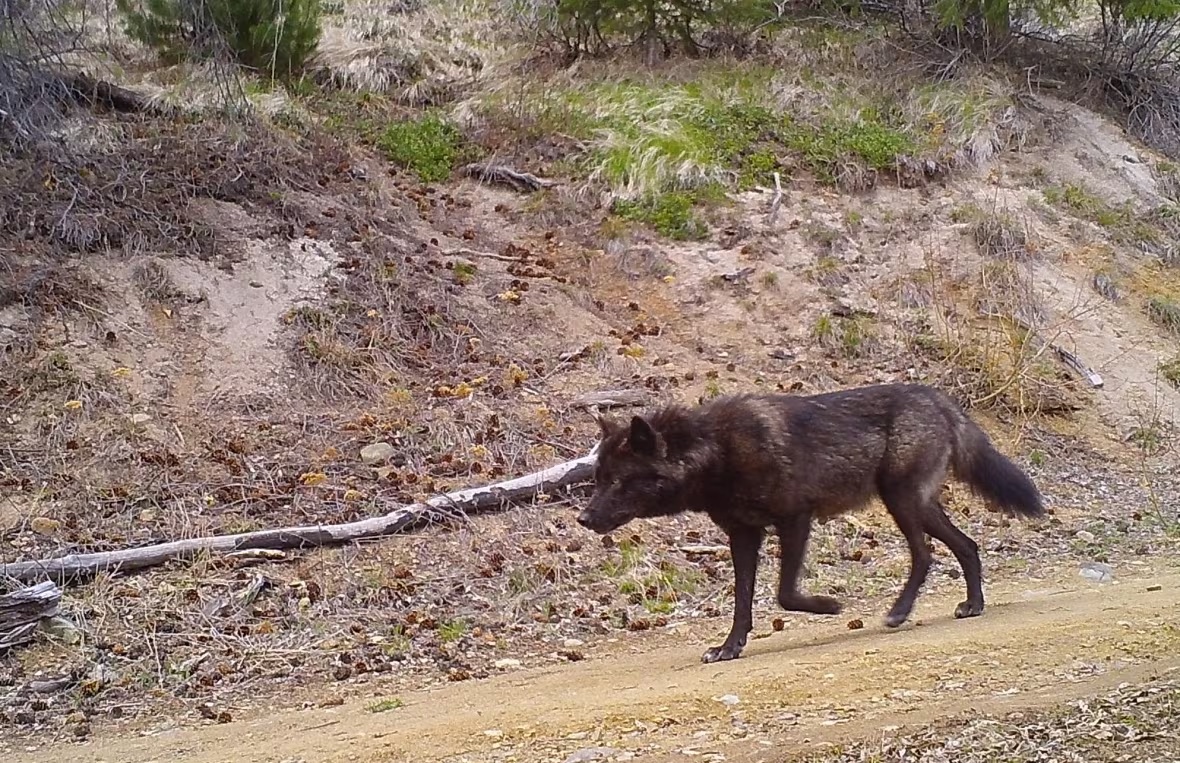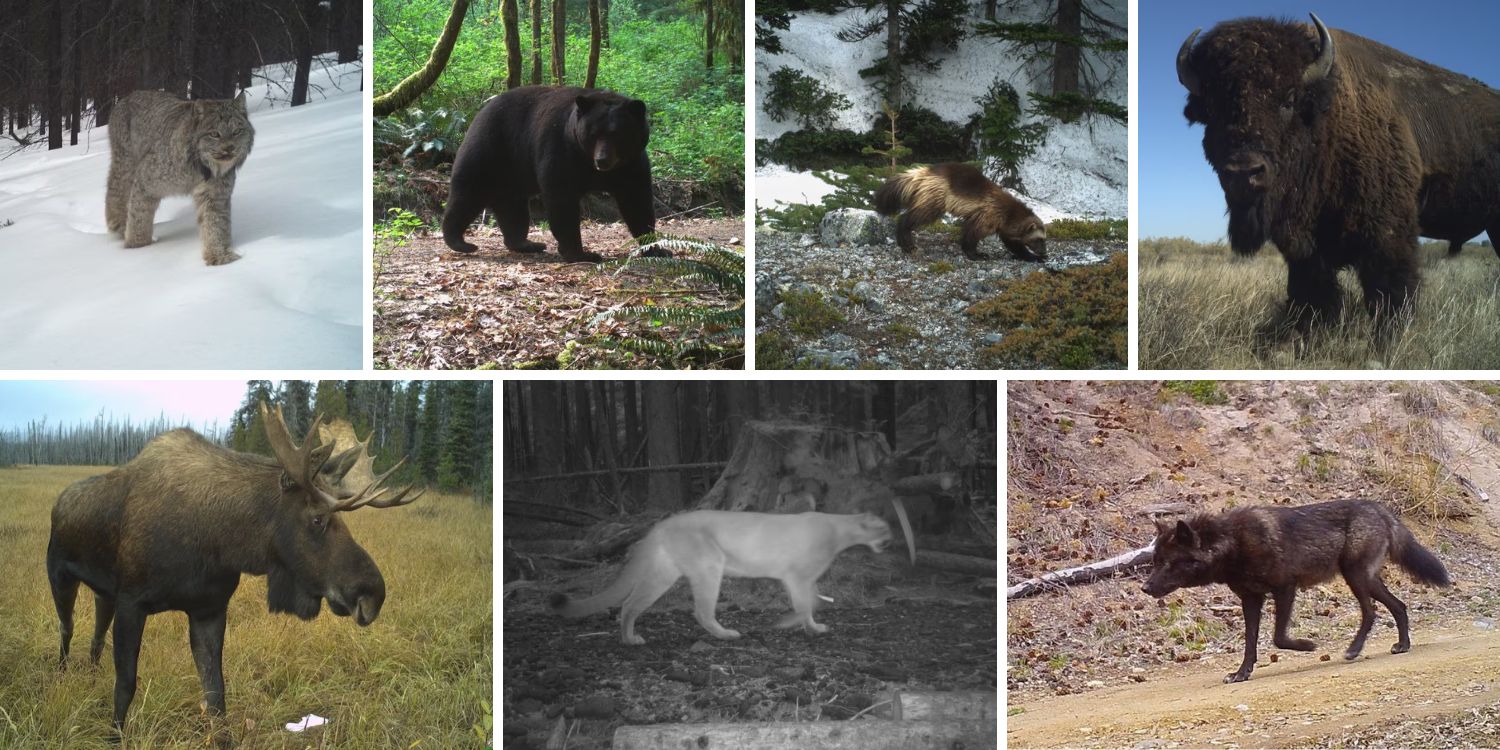
Moose, wolves, bison, bears, and much more were among the hundreds of animals captured in images analyzed for a massive University of British Columbia-led study on how pandemic lockdowns affected wildlife.
March 26, 2024
A massive study analyzing animal behavior during COVID-19 lockdowns is shedding light on how humans can coexist more peacefully with wildlife. Researchers around the world set up over 5,000 camera traps to capture footage of animals in their natural habitats, offering a glimpse into how they reacted to reduced human activity.
This research, published last week in Nature Ecology and Evolution, builds on earlier findings. A July 2023 study in Science documented how animals ventured closer to roads and explored more freely when human movement was limited. This new study by Dr. Cole Burton of the University of British Columbia takes a different angle, focusing on how wildlife responded in natural areas and parks.
As Dr. Burton told CBC News in an interview, “We thought, hey, we’ve got a lot of these cameras out on the landscape studying animals before the pandemic hit, we can really try to use this opportunity to see if their behaviors changed and how they changed while people were undergoing lockdowns.”
Not All Quiet on the Nature Front
Dr. Burton and his team expected a decrease in human activity to lead to a surge in animal presence across the board. However, their findings revealed a surprising amount of variation. Some natural areas, particularly those near urban centers, actually saw an increase in human activity as people sought outdoor recreation during lockdowns. Conversely, some public parks with complete closures witnessed a significant drop in human presence.
Animals Adapt: From Night Owls to Busybody Neighbors
This variation in human behavior had a corresponding impact on wildlife. Predators like wolves and wolverines, wary of human interaction, became virtually absent in areas with increased human activity. Interestingly, some prey animals like deer, moose, and elk actually became more active in these areas, possibly due to the decrease in predator encounters.
Another intriguing observation was a shift in animal activity times. With more people venturing out during the day, some animals seemed to adapt by becoming more nocturnal. This suggests they were still utilizing the same spaces but avoiding direct contact with humans.
Lessons Learned for a Post-Pandemic World
Dr. Burton emphasizes the importance of these findings as outdoor recreation continues to rise post-pandemic. Understanding how wildlife responds to human activity is crucial for developing effective conservation plans. This might involve creating “quiet hours” in specific areas or establishing safe passages for animals to navigate busy roads at night.
By learning to coexist with wildlife, we can ensure a healthy balance for both humans and the creatures we share our planet with.
More photos below ↓

